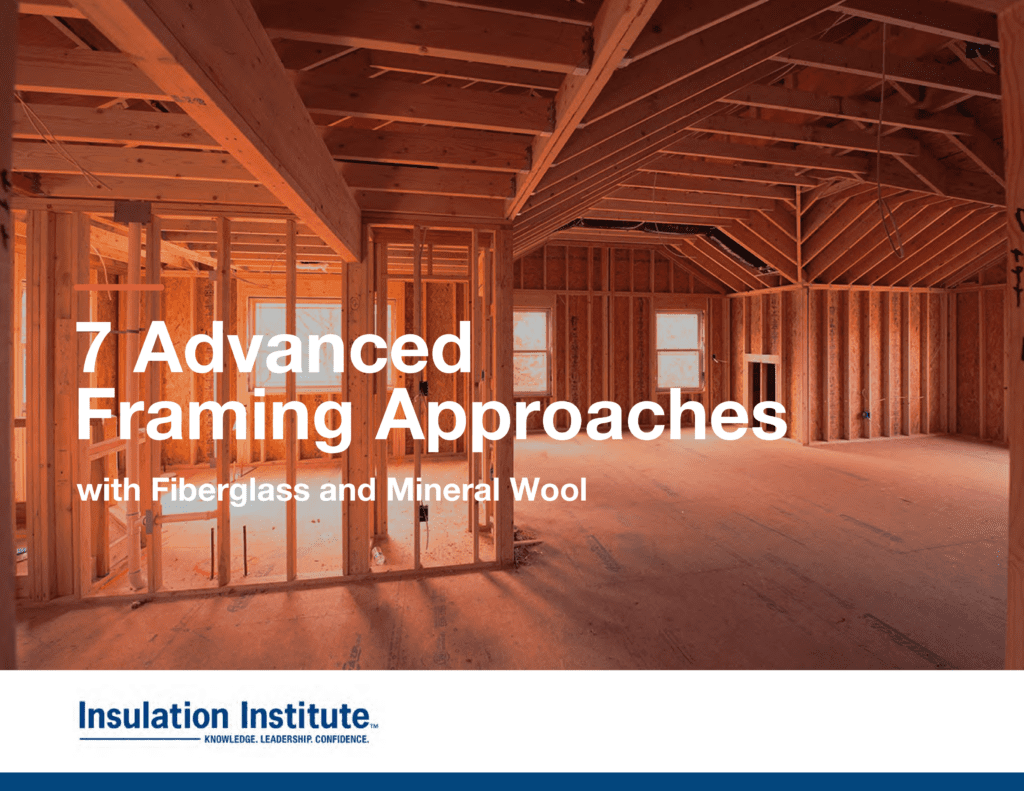This week, the U.S. Energy Information Administration (EIA) forecasted that U.S. natural gas prices in 2025 and 2026 will increase by 21 percent. The projected increase in natural gas prices tempers hopes that home heating costs for Americans would decrease and comes at a time when America’s economy is dealing with persistent inflation. About 60 percent of American homes rely on natural gas.










